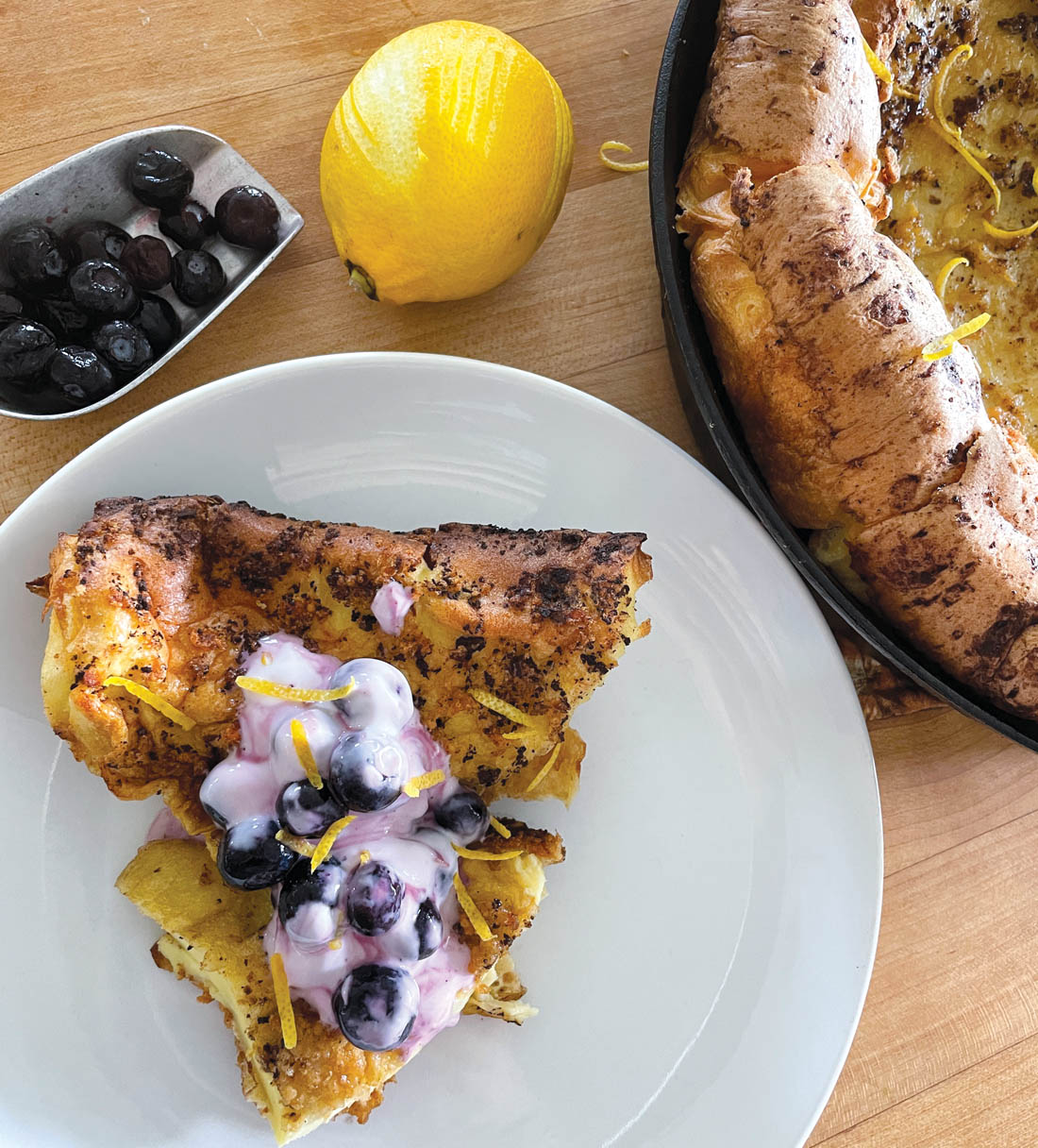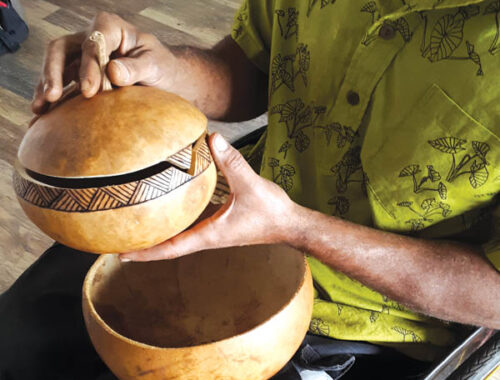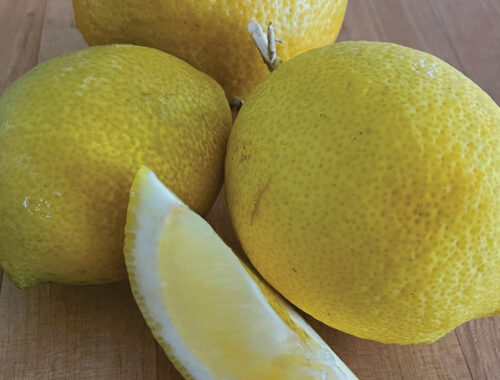
Local Food: The Ono Hua Moa (The Delicious Chicken Egg) and a Recipe for Dutch Baby

By Brittany P. Anderson
A clamor of loud cackles and squawking erupts from the pasture. The flock of egg-laying hens continue their vocal display for the next 15 minutes letting everyone know that an egg has been laid. Just as they seem to quiet down and settle into foraging, another hen emerges from the nesting box, pausing to shout her accomplishment, raising the flock in a boisterous round of celebration.
Hawai‘i Island used to be relatively self-sufficient in egg production. In the 1980s, the state of Hawai‘i produced 85 percent of the eggs for the local market, with more than 20 commercial growers. Over the past several decades, however, the state’s egg industry has struggled, cutting local egg production nearly in half.
The good news is backyard egg producers and small farms are making up for the loss of commercial growers. Hard shells, rich golden yolks, and fresher eggs are all benefits of purchasing local eggs straight from the source.
Imported eggs take around three weeks to be transported from mainland distribution centers to Hawai‘i Island grocery store shelves. If you’re purchasing eggs from a small local farm or neighbor, you’re getting a much fresher product that hardly had to travel.
Eggs come in many sizes and colors. Different breeds of chickens lay different colored eggs, however, the shell hue does not influence its flavor or the color of the yolks. When a hen lays the egg, it is covered in something called the bloom—it’s a protective layer that prevents bacteria from getting inside the egg. The bloom can also alter the color of an eggshell giving it a purple, pink, or even grey tint. In the United States, the bloom must be washed off for eggs to be sold.
Springtime is when hens are prolific layers. Even in Hawai‘i, egg production is seasonal. Some hens lay more eggs than others, but generally, a hen will lay somewhere around 150–200 eggs per year. If the weather is too hot, egg production slows, and when days are shorter in the winter months, it stops altogether.
Besides being delicious, eggs also have high nutritional value and are easy to incorporate into a meal. Think of the yolk as a pantry stocked with all your fat-soluble vitamins A, D, E, and K. The yolk also has all of the choline, lutein, and zeaxanthin you need to keep your eyes and memory healthy. It’s also packed with protein. If the yolk is your pantry, the egg white is your refrigerator, supplying more protein, potassium, Vitamin B2, and selenium.
Contrary to popular belief, the egg yolk does not turn into a chick. The egg yolk functions as the primary food source for a growing chick, while the egg white, called albumin, is an antimicrobial cushion keeping things in place while also serving as a backup food source. Even if a rooster fertilizes an egg, a chick will only start to develop if it reaches a specific temperature. Gathering eggs daily helps to ensure that no chick develops within an egg destined for an omelet.
Eggs are versatile in the kitchen for savory or sweet dishes and can be eaten at most any time of day. Known in the Pennsylvania Deutsch community as a “Dutch Baby,” this simple recipe comes together quickly and is excellent for breakfast or brunch. You could also easily dress it up for dessert.
I serve my Dutch Baby with a generous helping of semi-homemade blueberry lemon yogurt and drizzled it with honey for a summery brunch version.

Dutch Baby with Blueberry Lemon Yogurt
Ingredients
5 Tbs butter
1 cup flour
Pinch of salt
6 eggs
1 cup milk
Blueberry and Lemon Yogurt
High-quality plain yogurt of your choice
1 cup frozen blueberries (or berry of your choice)
Zest from half a lemon
Method
Put butter in a 9×13 dish or 10-inch cast-iron skillet and place in oven to preheat at 425F. In a bowl, mix flour, eggs, milk, and salt until smooth. Pour mixture into heated pan and bake for approximately 30 minutes or until puffed and golden brown. In the meantime, mix yogurt with frozen berries and zest then place in refrigerator until Dutch Baby is done. Allow it to cool slightly before serving in slices, with a generous helping of blueberry yogurt, and garnish with more lemon zest. ❖



